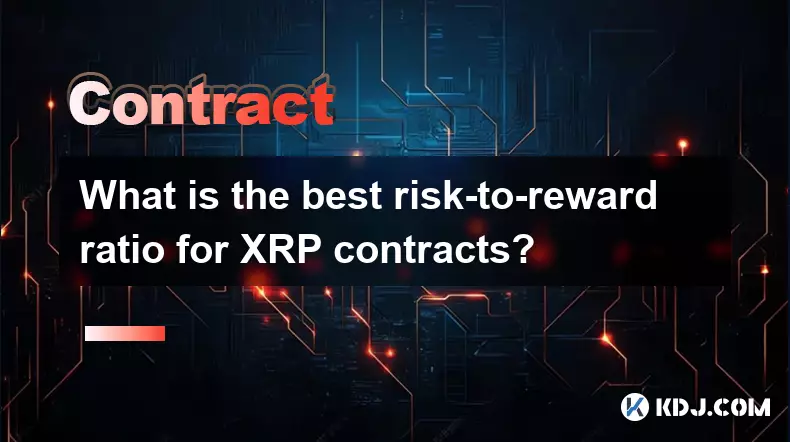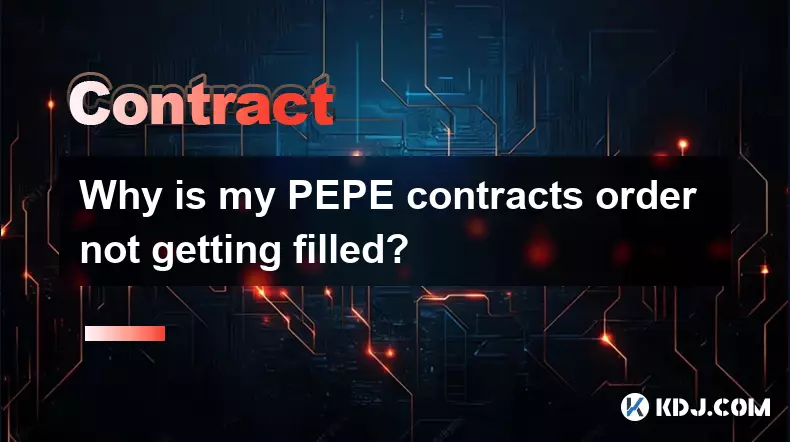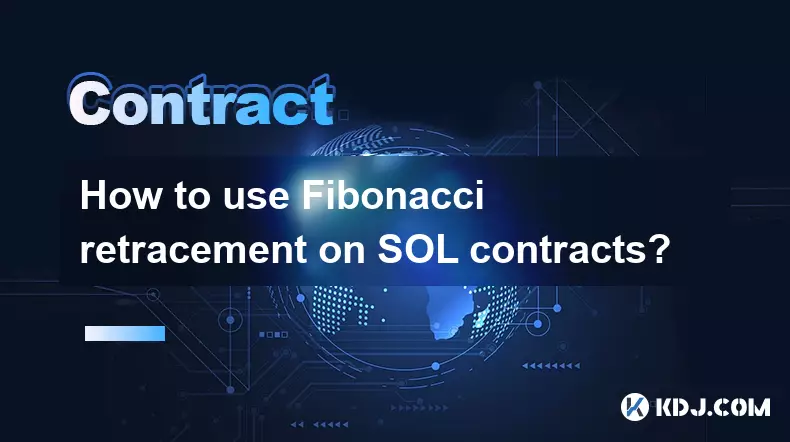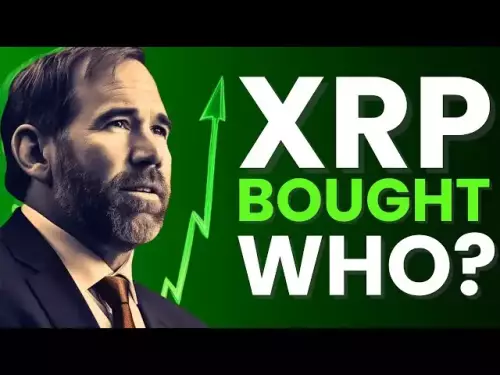-
 bitcoin
bitcoin $108842.957301 USD
-1.88% -
 ethereum
ethereum $3931.777121 USD
-1.66% -
 tether
tether $1.000186 USD
-0.03% -
 bnb
bnb $1153.250882 USD
-2.20% -
 xrp
xrp $2.367904 USD
-1.94% -
 solana
solana $186.182050 USD
-4.20% -
 usd-coin
usd-coin $0.999997 USD
0.00% -
 tron
tron $0.316949 USD
-1.00% -
 dogecoin
dogecoin $0.190780 USD
-3.12% -
 cardano
cardano $0.651324 USD
-2.67% -
 hyperliquid
hyperliquid $37.141055 USD
-0.85% -
 ethena-usde
ethena-usde $0.999224 USD
-0.09% -
 chainlink
chainlink $17.579031 USD
-2.47% -
 bitcoin-cash
bitcoin-cash $509.426284 USD
-2.79% -
 stellar
stellar $0.315298 USD
-2.93%
What are the differences between various currency-based perpetual contracts?
Perpetual contracts, a type of derivative contract with no expiration date and underlying cryptocurrencies, vary in important aspects such as margin requirements, leverage ratios, and funding rates.
Oct 23, 2024 at 02:54 am

Perpetual contracts are a type of derivative contract that allows traders to speculate on the future price of an asset. They are similar to futures contracts, but there are some key differences.
1. Underlying AssetThe underlying asset of a perpetual contract is a cryptocurrency. This can be any cryptocurrency, such as Bitcoin, Ethereum, or Litecoin.
2. Expiration DatePerpetual contracts do not have an expiration date. This means that they can be held indefinitely.
3. MarginMargin is a deposit that traders must make in order to open a perpetual contract position. The margin requirement varies depending on the exchange and the cryptocurrency being traded.
4. LeverageLeverage is a way to increase the potential profits of a perpetual contract position. However, it also increases the risk of losses. The leverage ratio varies depending on the exchange and the cryptocurrency being traded.
5. Funding RateThe funding rate is a fee that is paid by traders who are holding a perpetual contract position that is in the opposite direction of the market. The funding rate is designed to keep the price of the perpetual contract in line with the spot price of the underlying asset.
6. Trading FeesTrading fees are a fee that is charged by exchanges for executing perpetual contract trades. The trading fee varies depending on the exchange and the cryptocurrency being traded.
7. Contract SizeThe contract size is the number of units of the underlying asset that are represented by each perpetual contract. The contract size varies depending on the exchange and the cryptocurrency being traded.
8. LiquidityLiquidity is a measure of how easy it is to buy or sell a perpetual contract. The liquidity of a perpetual contract depends on the volume of trading on the exchange.
9. RiskPerpetual contracts are a risky investment. The price of cryptocurrencies can fluctuate rapidly, and traders can lose their entire investment.
10. TaxThe tax treatment of perpetual contracts varies depending on the jurisdiction in which the trader resides. In some jurisdictions, perpetual contracts are taxed as capital gains, while in other jurisdictions they are taxed as income.
Disclaimer:info@kdj.com
The information provided is not trading advice. kdj.com does not assume any responsibility for any investments made based on the information provided in this article. Cryptocurrencies are highly volatile and it is highly recommended that you invest with caution after thorough research!
If you believe that the content used on this website infringes your copyright, please contact us immediately (info@kdj.com) and we will delete it promptly.
- Solana, Dogecoin, and the Crypto Dip: Bargain Hunting or Dodging Bullets?
- 2025-10-17 10:45:16
- Gold, Bitcoin, and Investment: Navigating the Digital Frontier in Style
- 2025-10-17 10:25:15
- Bengals vs. Steelers: Live Updates, Week 7 - Who Dey or Black & Gold?
- 2025-10-17 10:25:15
- Dogecoin, Thumzup, and DOGE Rewards: Will Real-World Utility Spark a Rebound?
- 2025-10-17 10:45:16
- BullZilla, Cryptos, Buy October: Navigating the Crypto Jungle in Style
- 2025-10-17 10:50:01
- Cardano, TRON, and MAGACOIN: Navigating the Crypto Landscape in 2025
- 2025-10-17 08:45:15
Related knowledge

How to calculate the ROI for Ethereum contracts?
Oct 09,2025 at 04:36pm
Understanding Ethereum Contract ROI Basics1. Return on Investment (ROI) for Ethereum contracts begins with tracking the initial capital deployed into ...

How to find arbitrage opportunities between different Bitcoin contracts?
Oct 14,2025 at 11:18pm
Finding Arbitrage Opportunities in Bitcoin Futures Markets1. Monitor price discrepancies across exchanges offering Bitcoin futures contracts. Differen...

What is the best risk-to-reward ratio for XRP contracts?
Oct 11,2025 at 04:18am
Understanding Risk-to-Reward in XRP Futures Trading1. The risk-to-reward ratio is a fundamental metric used by traders to evaluate the potential profi...

Why is my PEPE contracts order not getting filled?
Oct 12,2025 at 06:01pm
Understanding Liquidity Issues in PEPE Contracts1. Low liquidity is one of the primary reasons a PEPE contract order may not get filled. Many meme-bas...

How to use Fibonacci retracement on SOL contracts?
Oct 14,2025 at 02:36pm
Fibonacci Retracement Basics in SOL Trading1. Fibonacci retracement is a technical analysis tool used to identify potential support and resistance lev...

Is it better to trade Dogecoin contracts or spot?
Oct 12,2025 at 04:54pm
Understanding Dogecoin Spot Trading Mechanics1. Spot trading involves the direct purchase and ownership of Dogecoin at the current market price. Trade...

How to calculate the ROI for Ethereum contracts?
Oct 09,2025 at 04:36pm
Understanding Ethereum Contract ROI Basics1. Return on Investment (ROI) for Ethereum contracts begins with tracking the initial capital deployed into ...

How to find arbitrage opportunities between different Bitcoin contracts?
Oct 14,2025 at 11:18pm
Finding Arbitrage Opportunities in Bitcoin Futures Markets1. Monitor price discrepancies across exchanges offering Bitcoin futures contracts. Differen...

What is the best risk-to-reward ratio for XRP contracts?
Oct 11,2025 at 04:18am
Understanding Risk-to-Reward in XRP Futures Trading1. The risk-to-reward ratio is a fundamental metric used by traders to evaluate the potential profi...

Why is my PEPE contracts order not getting filled?
Oct 12,2025 at 06:01pm
Understanding Liquidity Issues in PEPE Contracts1. Low liquidity is one of the primary reasons a PEPE contract order may not get filled. Many meme-bas...

How to use Fibonacci retracement on SOL contracts?
Oct 14,2025 at 02:36pm
Fibonacci Retracement Basics in SOL Trading1. Fibonacci retracement is a technical analysis tool used to identify potential support and resistance lev...

Is it better to trade Dogecoin contracts or spot?
Oct 12,2025 at 04:54pm
Understanding Dogecoin Spot Trading Mechanics1. Spot trading involves the direct purchase and ownership of Dogecoin at the current market price. Trade...
See all articles










































































